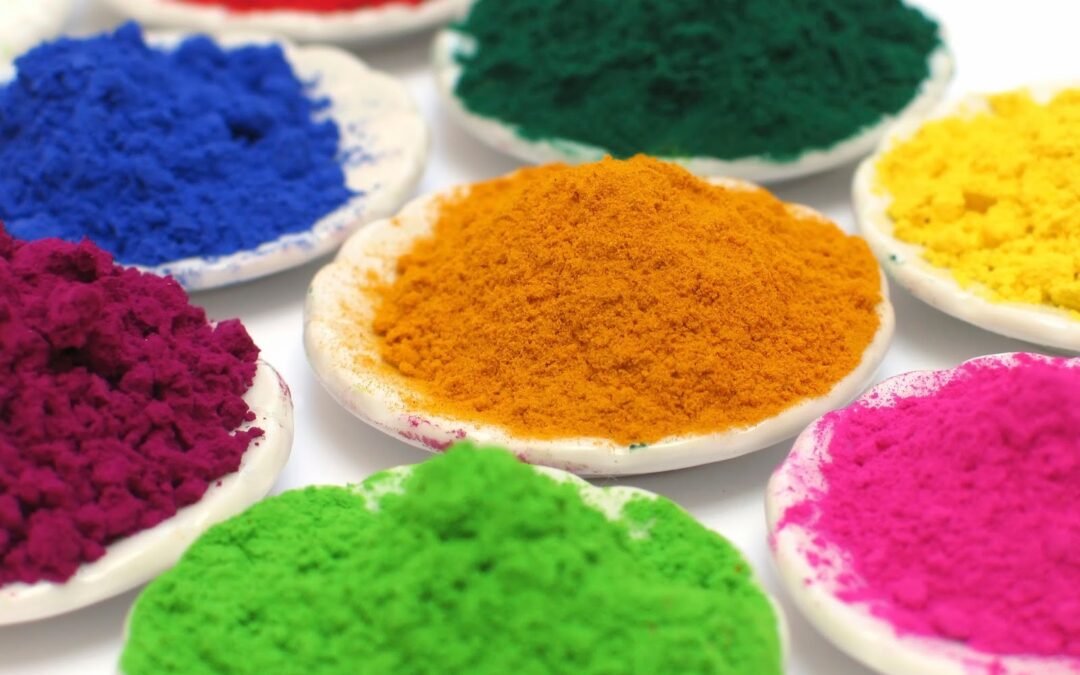Inorganic versus Organic Pigments
In a previous post—Dyes versus Pigments—a comparison between dyes and pigments was provided along with clarification that, regardless of their differences, both dyes and pigments fall in the “colorant” family of chemical compounds. With this classification now familiar, we can dig a little deeper into understanding the colorant family taxonomy and, more specifically, the two primary types of pigments, which are organic and inorganic.
If a pigment is a preferred colorant for a certain product, one should know that both organic and inorganic pigments may be presented as options. Which one is the right choice? The answer depends on the characteristics of these two pigment types and, more importantly, how these characteristics impact their behavior with certain product materials during the coloring process.
In terms of chemical composition, Organic pigments contain carbon in their molecular structure and Inorganic pigments do not. The terms “organic” and “inorganic” pigments have no correlation to where the pigments are manufactured, mined, or created.
When it comes to deciding whether to use an organic or inorganic pigment, the following must be determined: (1) if the opaqueness of the pigment is a driving attribute, (2) the vibrancy of color is the key criteria, and (3) if its ability to withstand light and weather is paramount. Organic pigments tend to generate brighter and richer colors than inorganic pigments. However, organic pigments are usually more prone to fading or being destroyed when they’re exposed to sunlight and harsh chemicals than are their inorganic counterparts. Many organic pigments, when applied in a single layer, are incapable of generating a surface coat that will completely hide the undercoat, while inorganic pigments are generally more opaque.
Keeping all of this in mind, the application or product to which the pigment will be added will have a profound impact on the stability of the colorant. For example, if an organic pigment is added to a plastic it will be partially encompassed in the plastic material and that will shield the pigment from some light and weather. In other applications, such as ink that may be used on a textile, the same pigment may be directly exposed to light and weather and consequently exhibit different light and weather fastness.
Due to the resiliency and performance properties of many pigments, the cost of a pigment may be outweighed by the benefits that it imparts once the colorant is used. For that reason, some pigments are widely used yet relatively expensive when compared to lower-priced colorants.
So what is the takeaway? Both organic and inorganic pigments have their particular uses and strengths based on the differences in their chemical and physical properties. If you are not sure of exactly what you need, contact us and we will do the work for you to find the best fit for your product. Additionally, if you would like to get a better feel for the in-person appearance of any of our colorants, fill out our sample request form and we’ll have your chosen colorant sent your way.

